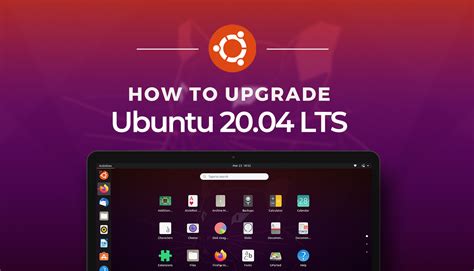
Are you ready to take your Ubuntu experience to the next level? Upgrading to the latest version of this popular Linux distribution doesn't have to be a daunting task. In this guide, we'll walk you through the process step by step, ensuring that you can enjoy all the new features, enhancements, and security updates that the latest Ubuntu release has to offer. Why Upgrade? Before we dive into the upgrade process, let's talk about why upgrading your Ubuntu system is important. Newer versions of Ubuntu come with a range of benefits, including improved performance, enhanced security, and access to the latest software packages. You'll also have the opportunity to experience new user interface improvements and features that can make your computing experience more enjoyable and efficient. Step 1: Backup Your Data Before you begin the upgrade process, it's crucial to back up your important data. While the upgrade process is designed to preserve your files, it's always a good idea to have a backup in case something unexpected happens. You can use an external hard drive, a cloud storage service, or an online backup solution to safeguard your data. Step 2: Check System Requirements Ensure that your hardware meets the system requirements for the latest version of Ubuntu. While Ubuntu is known for its versatility and ability to run on various hardware configurations, it's still a good practice to review the system requirements to ensure a smooth upgrade. This information is readily available on the official Ubuntu website. Step 3: Update Current Version Before you can upgrade to the latest version of Ubuntu, make sure your current system is up to date. Open a terminal and run the following commands:
sql
sudo apt update
sudo apt upgrade
sudo apt dist-upgrade
sudo apt autoremove
arduino
sudo do-release-upgrade
- Update Packages: Run the following commands to ensure all packages are up to date:
sql
sudo apt update sudo apt upgrade sudo apt dist-upgrade - Check Software Sources: Review your software sources to ensure they're correctly configured for the new release. Open the "Software & Updates" application and make any necessary adjustments.
- Restore Data: If you encountered any issues during the upgrade, restore your backed-up data.